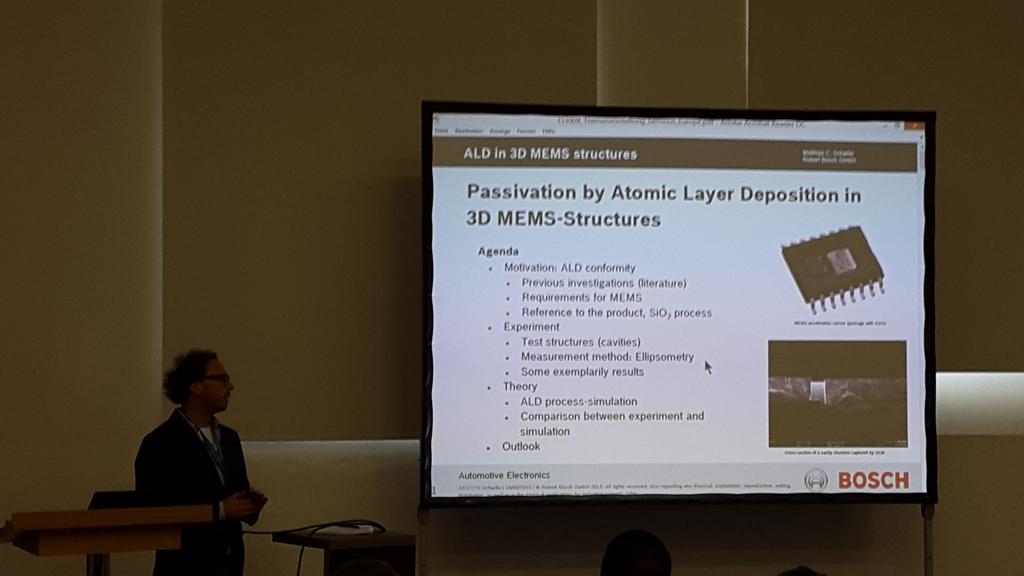Amtech Systems Inc., who recently bought Dutch Spatial ALD equipment manufacturer SoLayTec reports: TEMPE, Ariz., Feb. 4, 2016
/PRNewswire/ -- Amtech Systems, Inc. (NASDAQ: ASYS), a global supplier
of production equipment and related supplies for the solar,
semiconductor, and LED markets, today announced its solar segment,
consisting of Tempress Systems, Inc., R2D Automation, and SoLayTec,
received approximately $12 million in new
solar orders in January, including orders for SoLayTec's ALD systems.
The orders are expected to ship within the next six to twelve months.
Fokko Pentinga, Chief Executive Officer of Amtech, commented, "We are
pleased with the strong level of bookings to start to our fiscal second
quarter, and continue to see healthy quotation activity within our
solar segment."
SoLayTec in Eindhoven, Netherlands, develops, produces and services production systems for
ultrafast, spatial Atomic Layer Deposition, a promising technology for
ultrathin Al2O3 passivation layers on solar cells. (www.solaytec.com)



%20(1).png)












